Caregivers Bolting
Doctors Experiencing Burnout
-
49%
FEMALE
2019
-
32%
MALE
2019
-
63%
FEMALE
2021
-
47%
MALE
2021
Even before the pandemic, half of all doctors and nurses said they had considered leaving medicine. The number one cause for doctors and nurses departing is burnout. Although the number of doctors feeling burned out decreased from 2014 to 2020, burnout has returned with a vengeance in the age of Covid-19, which amplified fears of infection and health resource shortages. Doctors from minority or marginalized communities are even more likely to experience the onset of stress and anxiety from difficult working conditions.
Covid aggravated the caregiver shortage, but the fundamental problems at the root of physician dissatisfaction remain: bureaucratic burdens (including EMRs and “heads buried in screens”), lack of respect (from administration/staff/patients), excessive workload, scheduling issues and chronic low pay for nurses and primary doctors.
This is the biggest increase of emotional exhaustion that I’ve ever seen…
Bryan Sexton
Director, Duke University Center for Healthcare Safety and Quality, as quoted in The New York Times, 9/29/2022
